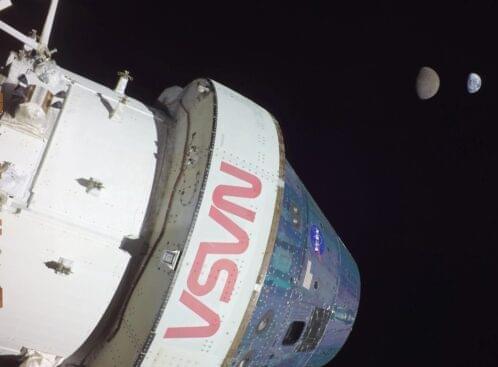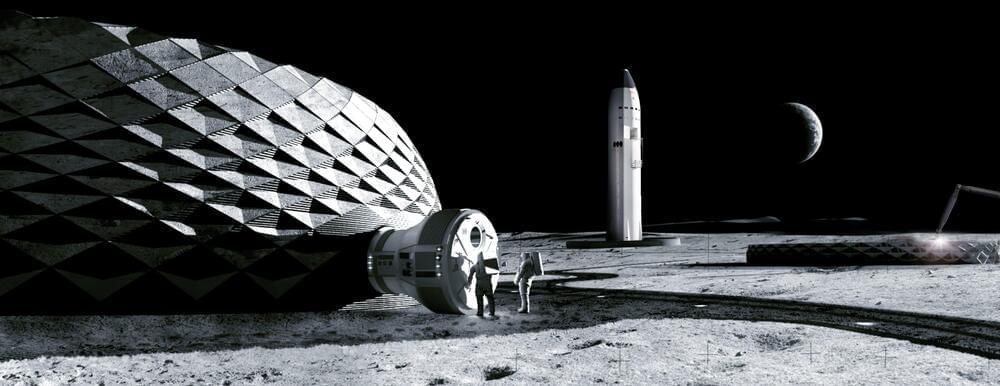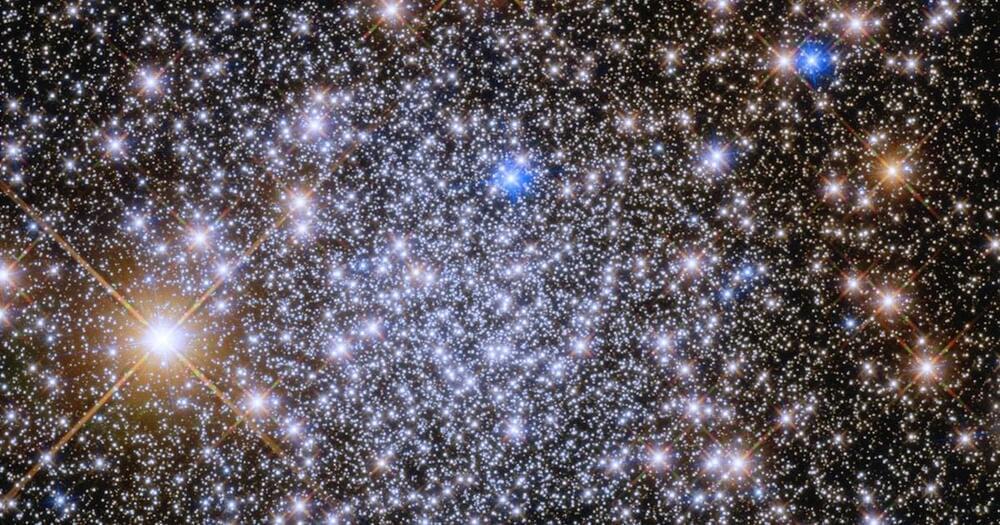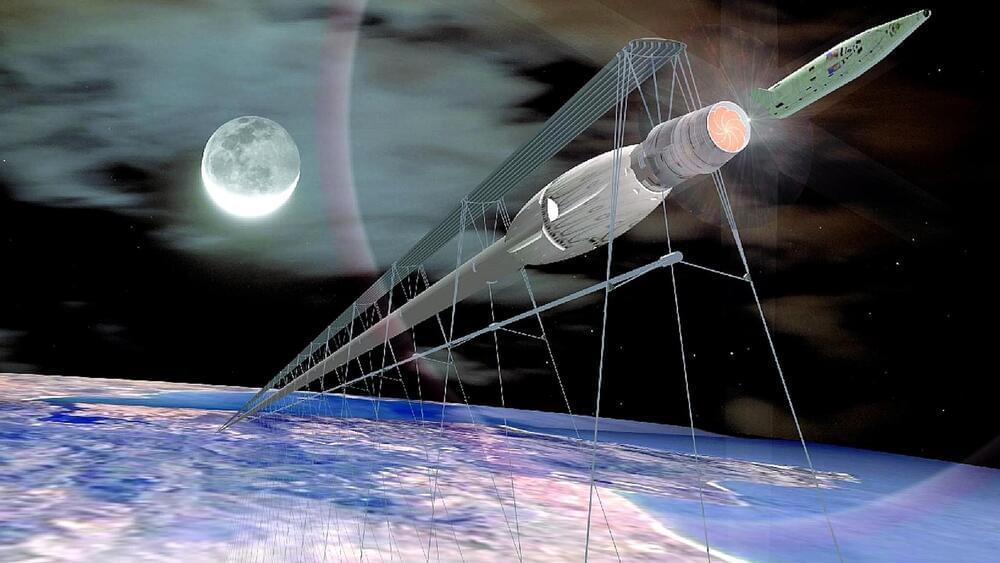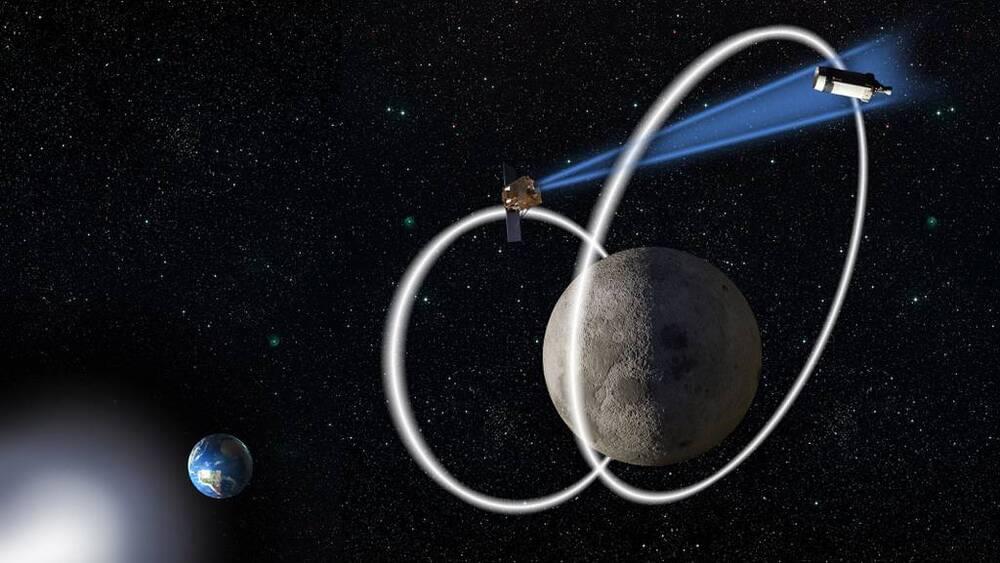Sign Up on Patreon to get access to the Space Time Discord!
https://www.patreon.com/pbsspacetime.
The universe is going to end. But of all the possible ends of the universe vacuum decay would have to be the most thorough — because it could totally rewrite the laws of physics. Today I hope to help you understand exactly how terrified you should be.
Check out the Space Time Merch Store.
https://www.pbsspacetime.com/shop.
Sign up for the mailing list to get episode notifications and hear special announcements!
https://mailchi.mp/1a6eb8f2717d/spacetime.
Hosted by Matt O’Dowd.
Written by Matt O’Dowd.
Graphics by Leonardo Scholzer, Yago Ballarini, Pedro Osinski, Adriano Leal & Stephanie Faria.
GFX Visualizations: Ajay Manuel.
Directed by Andrew Kornhaber.
Assistant Producer: Setare Gholipour.
Executive Producers: Eric Brown & Andrew Kornhaber.
End Credits Music by J.R.S. Schattenberg: https://www.youtube.com/user/MultiDroideka.
